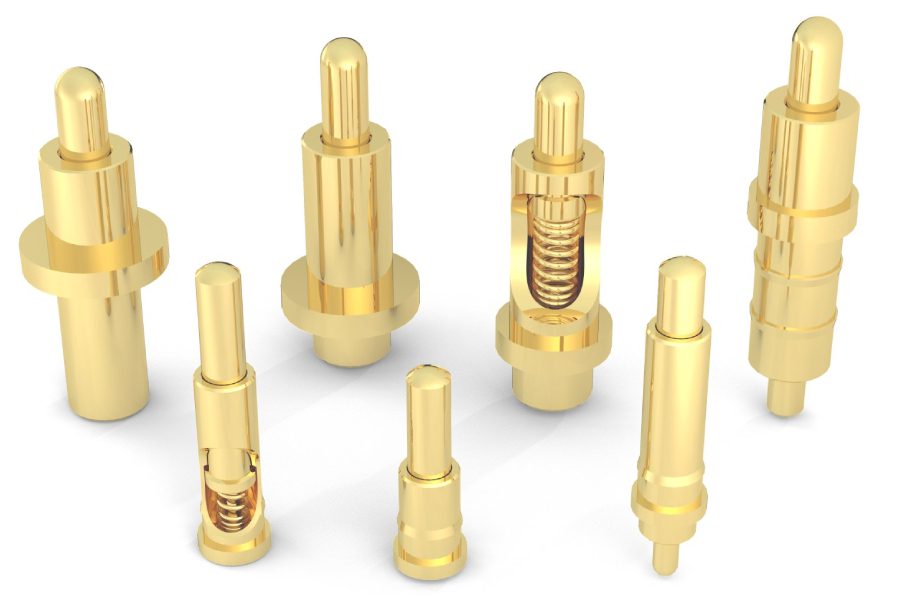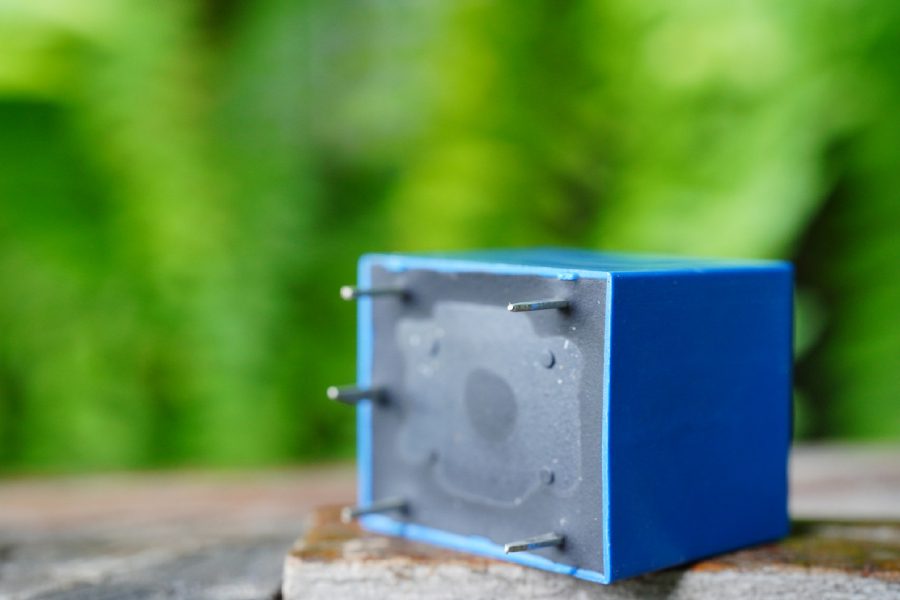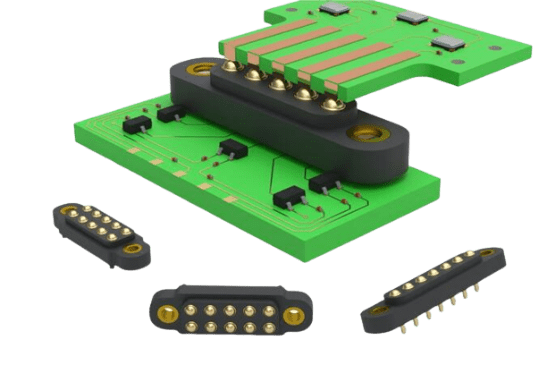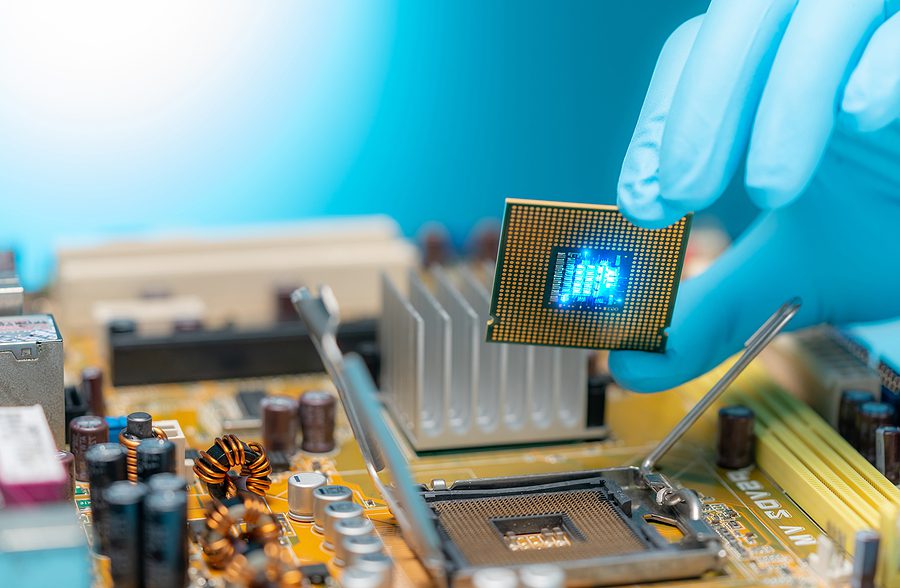
Introduction to Spring Loaded Pogo Pins & Connectors
Spring-loaded pogo pin connectors, or simply pogo pins, are a type of electrical connector mechanism that features greater durability over other electrical contacts and a higher resilience against mechanical shock and vibrations.
In comparison to traditional connectors, pogo pins offer enhanced robustness and reliability. Due to these advantages, pogo pins have become a mainstay in many modern electronic applications.
What Is a Spring-Loaded Pogo Pin, and How Do They Work?
A basic spring-loaded pin comprises three parts: a helical spring, a plunger, and a barrel. This spring pushes on the plunger housed within the barrel and is compressed when force is applied, moving the plunger deeper into the barrel. When there is no force being applied, the unique shape of the barrel keeps the spring from pushing the plunger out when the pin is not locked in place.
As such, the pogo pin name comes from the pin’s similarity to a pogo stick, with the spring applying a constant amount of force to the back of the plunger to counteract any unwanted movement that may lead to an intermittent connection. This helical spring is what separates pogo pins from other types of pin mechanisms, which generally use an expansion sleeve or cantilever spring.
Pogo pins are typically designed to engage a mating receptacle (also known as land or target) to complete an electrical connection path. This pogo target is made of either a concave or flat metal surface that lacks any moving parts and usually consists of separate components in connector assembly or just a plated area in a board, in the case of printed circuit boards.
What Are the Applications of a Spring-Loaded Pogo Pin?
Spring-loaded pogo pins are precision parts that guarantee a clean, perfect, and safe electrical connection on virtually every surface for two reasons: first, they excel in use cases with ambient conditions like vibrations and oscillations that may affect the contacting. Second, the connectors compensate for differing heights and any unevenness that may be present on the contact surfaces.
The following is a list of some common uses for spring-loaded pogo pins in consumer and industrial electronics:
- Battery terminals on devices like laptops
- Connectors in ingress-protected devices such as smartphones and smartwatches
- Board-to-board connectors
- High-frequency connectors
- Battery testing
- In-circuit testing
- Integrated circuit testing
- Printed circuit board testing
Advantages of Spring-loaded Pogo Pins
1. Can be manufactured at lower costs in small volumes
Pogo pins are fabricated using high-precision turning machines and do not involve the use of moulds, unlike other connectors, which are typically made using a stamping process.
2. Ideal for enabling high current flow in limited spaces
Pogo pins boast a higher space-to-current ratio than other connectors, making them ideal in today’s continuous trend towards the miniaturization of electronics.
3. High tolerance
Minute errors in production can lead to unstable connectors as they do not properly touch the surface of their counterpart. This is not the case with pogo pins that allow high tolerances in their production, decreasing the chance of errors.
4. Simplifies assembly and saves on cost
With modern electronics increasing in complexity year after year, the difficulty and costs of their assembly also increase in tandem. Pogo pins can provide some relief in this regard by reducing the manual labour time required to insert cables of pins and opening up new design and arrangement options for engineers and designers.
5. Long service life
Pogo pins have a longer service life than other connector types in use today because they minimize the mechanical strain on the other parts of the assembly.
Conclusion
Spring-loaded pogo pins are precision parts that provide a highly reliable interconnect solution for numerous demanding application requirements in modern electronics and offer many distinct advantages that no other type of connector has.
For all your Mill Max spring-loaded connector needs, Wiselink is the leading electronic component distributor you can trust. Contact us today for a quote, or visit our website to browse our entire product portfolio.




